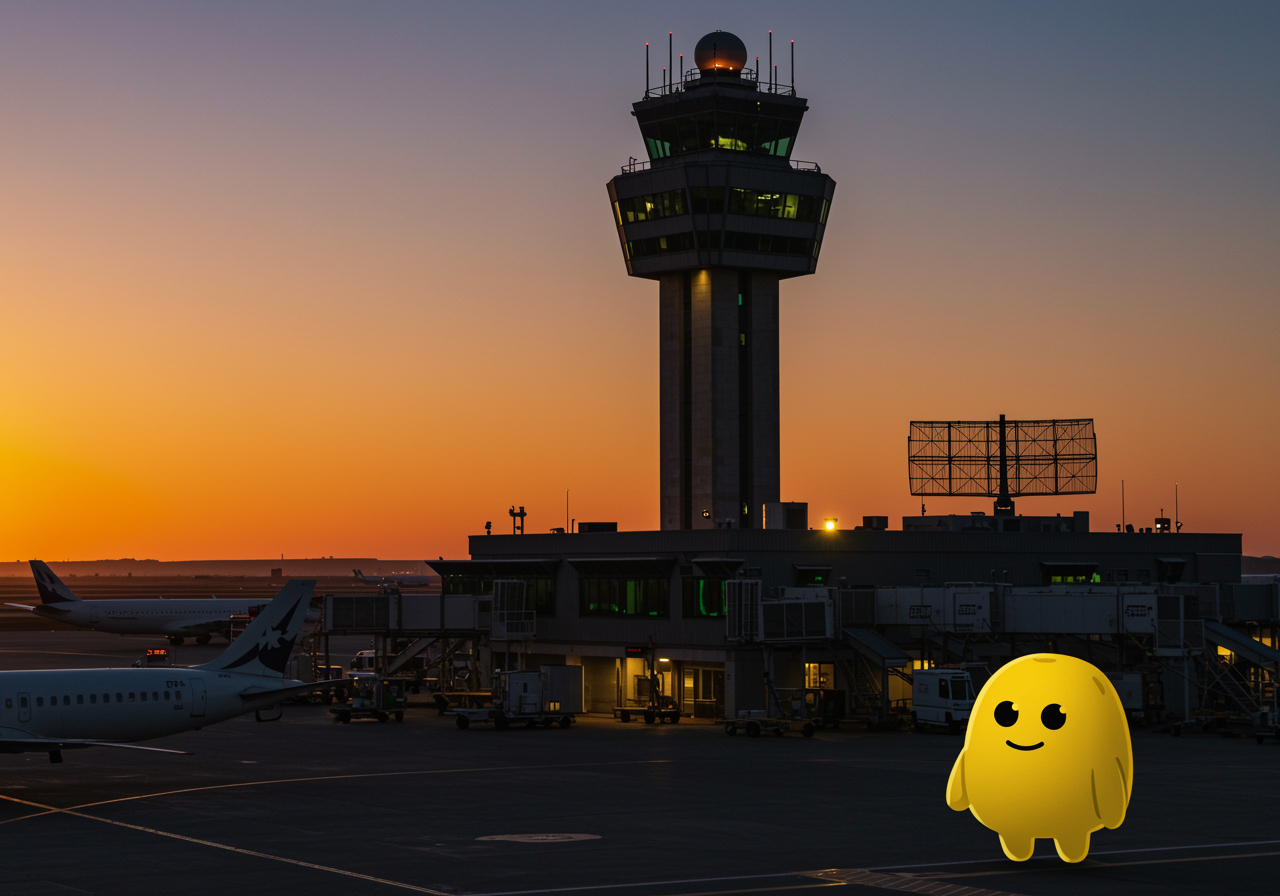Widespread Flight Delays Linked to Air Traffic Control Staffing Shortages
Across major US airports such as Dallas, Chicago, Atlanta, and Newark, significant flight delays are occurring due to a shortage of air traffic controllers. This shortage is compounded by ongoing challenges affecting essential workers, including the absence of regular pay during a government shutdown. Airlines and labor unions alike are calling for swift resolution to these disruptions to restore smoother travel operations.
The Federal Aviation Administration (FAA) has confirmed that staffing issues, especially during evening shifts, are impacting air traffic control operations at several key airports. Additional delays may affect airports like Las Vegas and Phoenix as the shortage extends. On peak days, delays have reached extraordinary levels, with over 5,800 flights delayed nationwide on a recent Sunday alone. Contributing factors such as weather disruptions and major events like a Formula 1 race further exacerbate the situation, with some airlines experiencing delays on more than 20% of their flights.
Staffing Challenges Affecting Safety and Service
The air traffic control workforce comprises around 13,000 controllers and approximately 50,000 Transportation Security Administration officers who remain on duty without pay during the shutdown. Historically, such circumstances lead to increased absenteeism, higher stress, and strained operations that extend wait times and slow the flow of air traffic.
Before the latest shutdown, the FAA was already facing a shortfall of roughly 3,500 controllers relative to target staffing levels. Many controllers were compelled to work extended hours and six-day weeks, highlighting a long-standing issue intensified by recent events. Past shutdowns, such as the 35-day interruption in 2019, similarly resulted in heightened staffing absences that pressured airport operations and prompted slowed air traffic management in critical hubs like New York and Washington D.C.
Historical Context of Air Traffic Control Staffing and Flight Delays
Air traffic control (ATC) has evolved since the early 20th century to manage the safe and efficient movement of aircraft. The system relies on extensive coordination between controllers and pilots to maintain order amid increasing aircraft volumes. However, the complex nature of ATC means it is highly sensitive to staffing fluctuations.
During past periods of instability such as labor strikes or budget cuts, the resultant reduction in staff led to delays and safety concerns. The hub-and-spoke model adopted widely in US air travel concentrates large volumes of flights at major airports during narrow time windows. This increases pressure on ground and tower controllers managing takeoffs, landings, and taxiing operations simultaneously. Thus, even moderate shortages can cascade into significant travel disruptions.
Throughout aviation history, safety has depended on clear communication, sufficient staffing, and technology such as radar and flight management systems. Yet, when controller numbers drop below necessary thresholds, the system must compensate by delaying departures and slowing traffic flow. These measures, while necessary to maintain safety standards, inconvenience travelers and jeopardize airport efficiency.
Air Traffic Control: System Components and Staffing Impact
| Component | Function | Staffing Impact |
|---|---|---|
| Air Route Traffic Control Centers | Manage en route aircraft between airports over large geographic areas | Staff shortages can slow flight handoffs and increase airborne holding patterns |
| Terminal Radar Approach Control | Control aircraft during departure and landing cycles near airports | Reduced staff prolongs aircraft stacking and landing delays |
| Airport Traffic Control Towers | Direct takeoffs, landings, and ground movement on active runways and taxiways | Low staffing levels extend taxi and gate delays, reducing airport throughput |
Forecasting the Impact on Tourism and Travel
Flight delays caused by air traffic control staffing shortages have a ripple effect not only on business travel but also on leisure tourism. Major gateway cities affected are often gateways to coastal, lake, and marine resorts where sailing and boating activities are popular. Extended delays risk deterring travelers from spontaneous or tightly scheduled visits to these destinations.
While air travel continues to be essential for international and domestic tourism, persistent operational challenges could motivate some travelers to explore destinations accessible by surface or water transport, including yacht and sailing charters. This trend might see a subtle shift towards increased interest in boating-related activities, potentially boosting demand in marine tourism sectors.
Travelers may opt to combine air travel with other modes like renting yachts or boats upon arrival at coastal marinas, giving them greater control over their schedule and a richer travel experience. In the long run, efforts to resolve staffing shortages and modernize air traffic control are crucial to sustaining the hospitality and tourism economy.
Summary and Outlook
The current staffing crisis in US air traffic control has led to significant flight delays impacting key airports, exacerbated by government operational challenges and essential worker pay interruptions. Historical patterns show that reduced staffing correlates strongly with increased delays and operational inefficiencies.
Effective air traffic management is vital for the smooth flow of millions of travelers, many of whom access popular marine and coastal recreational destinations that thrive on timely and reliable connections. As the situation gradually improves or stabilizes, the tourism industry may see reduced disruption with consistent air connectivity complemented by burgeoning interest in boating activities.
For travelers seeking to explore the water and avoid unpredictable flight delays, chartering a yacht or sailing boat offers flexibility and adventure. The international marketplace at GetBoat.com provides an extensive selection of sailing boats and yachts available for rent, catering to every preference and budget. This service is ideal for adventurers looking to immerse themselves in serene ocean, gulf, or lake waters while enjoying quality time on the sea under the guidance of a professional captain or on a DIY sailing trip.

 Impact of Air Traffic Control Shortages on US Flight Delays">
Impact of Air Traffic Control Shortages on US Flight Delays">
